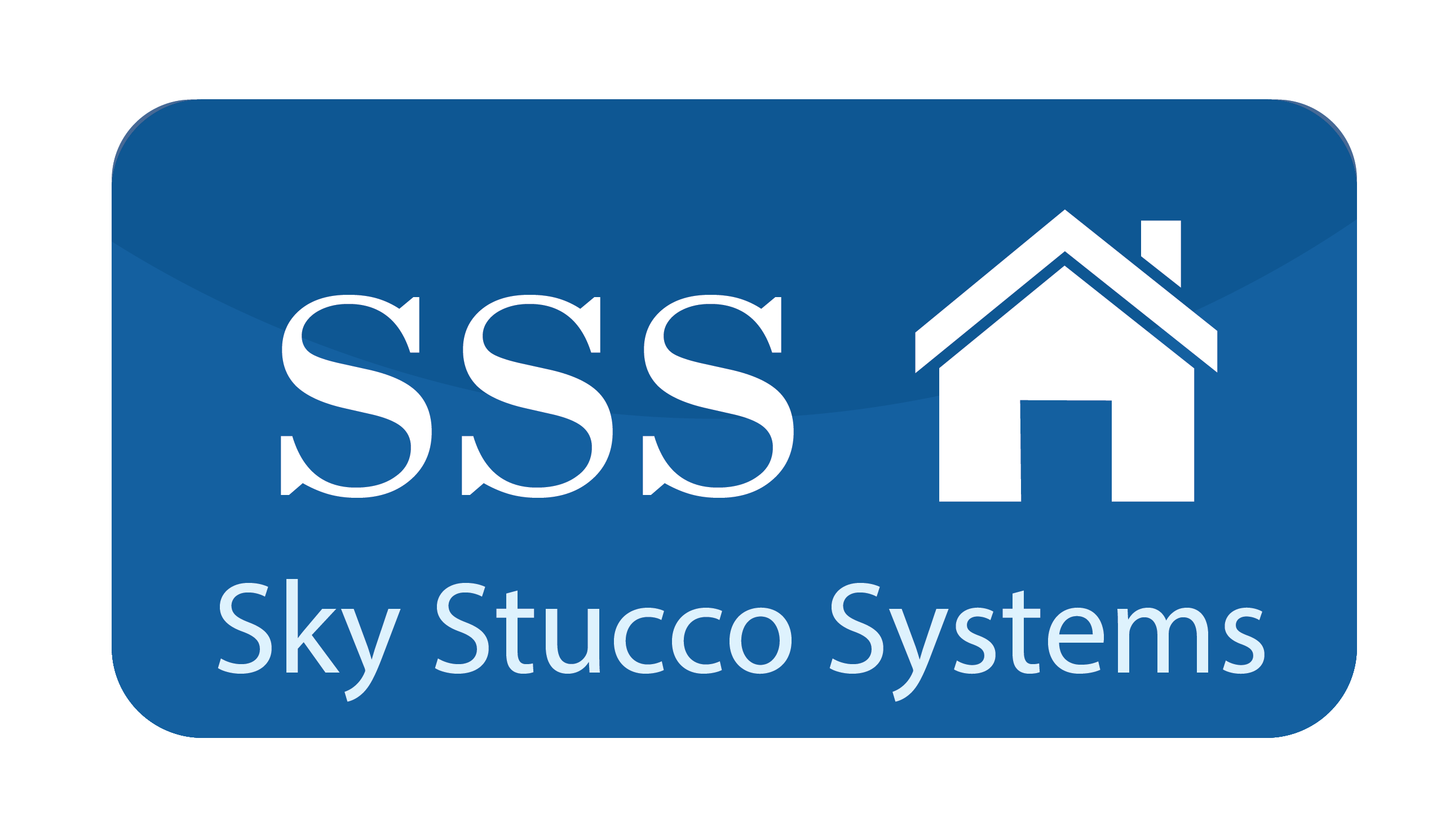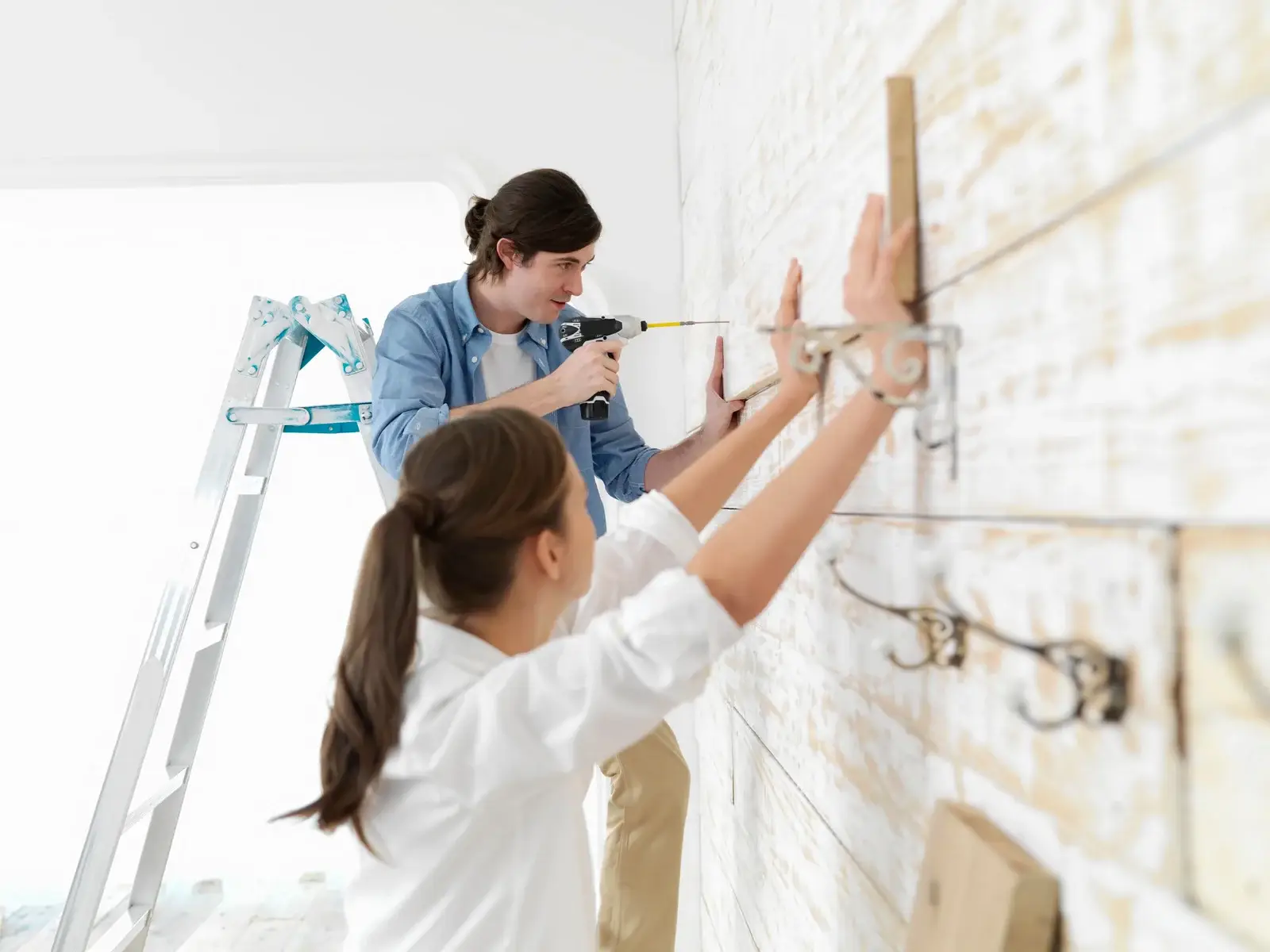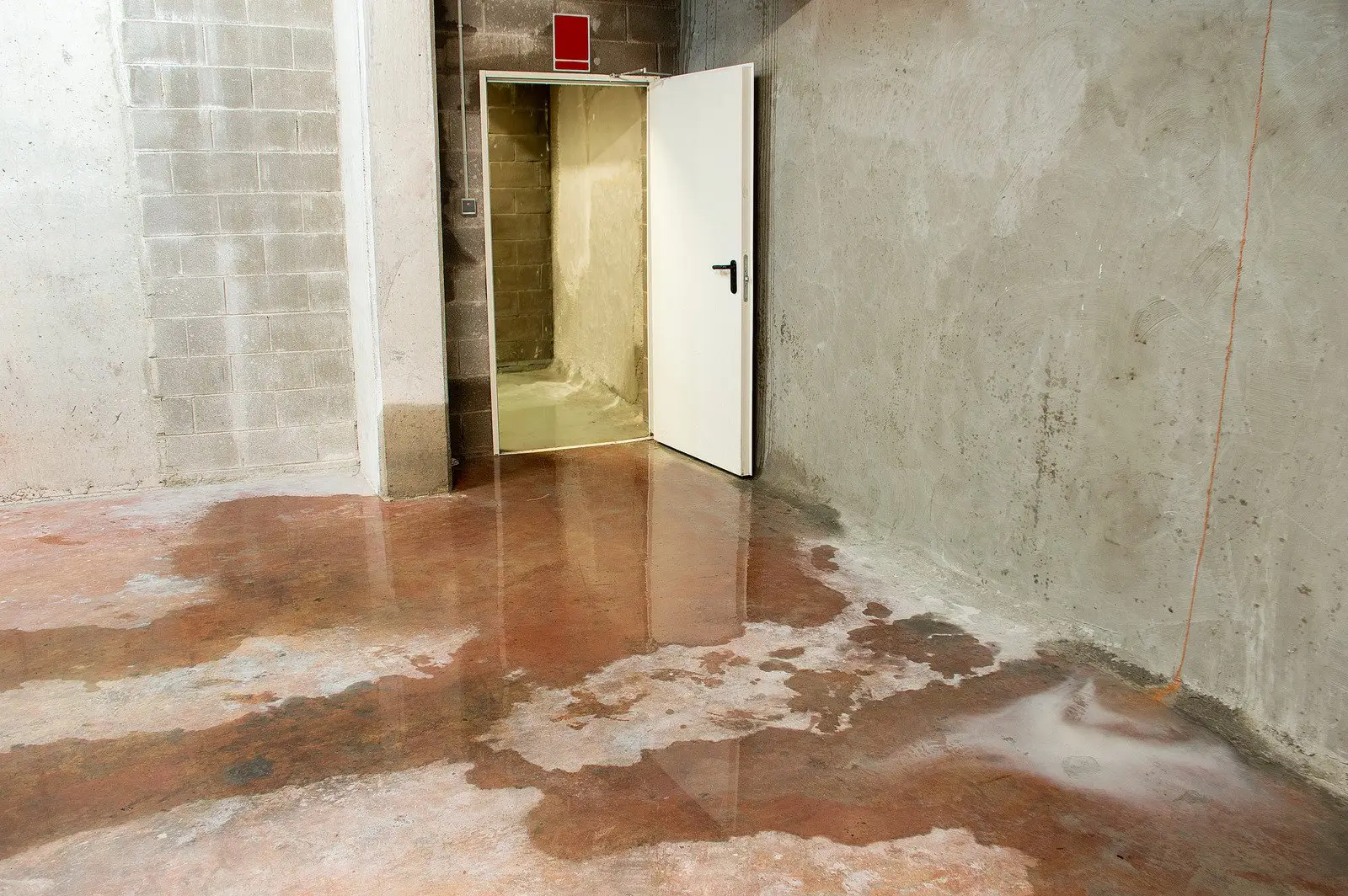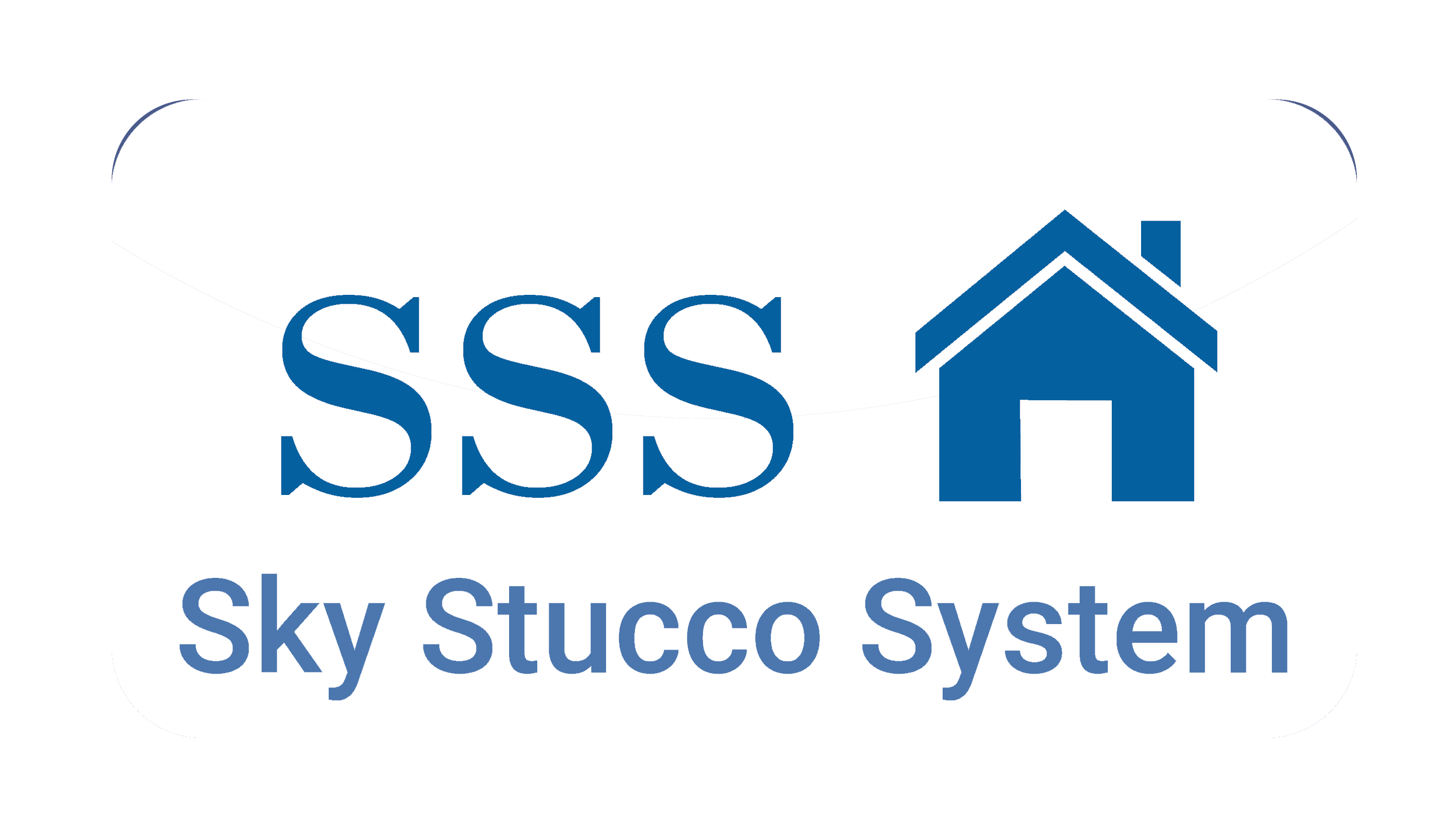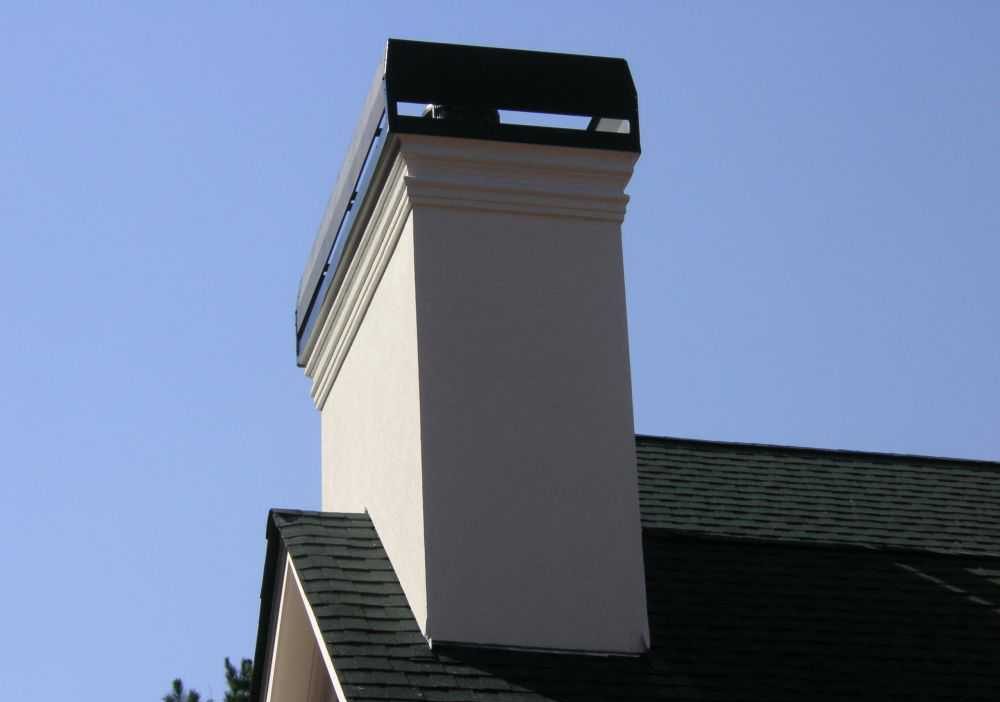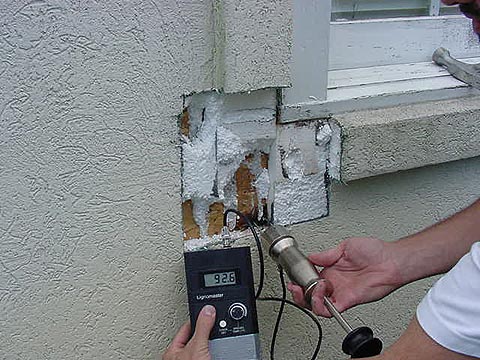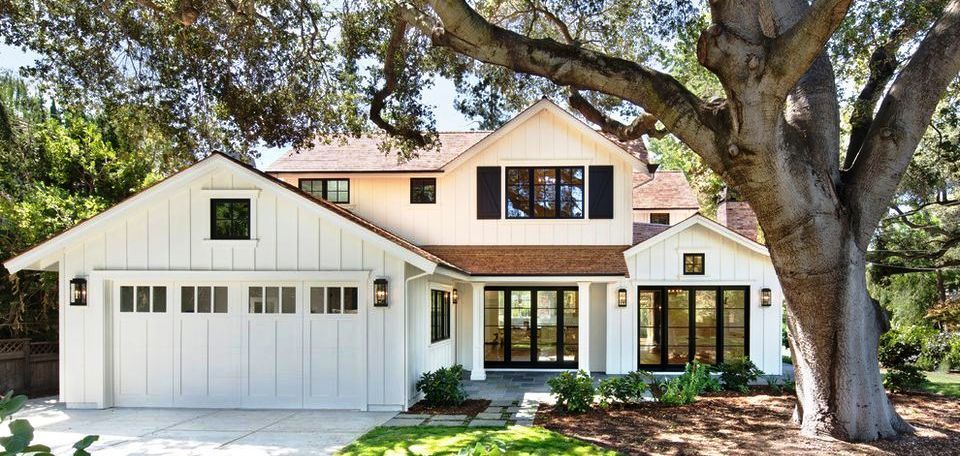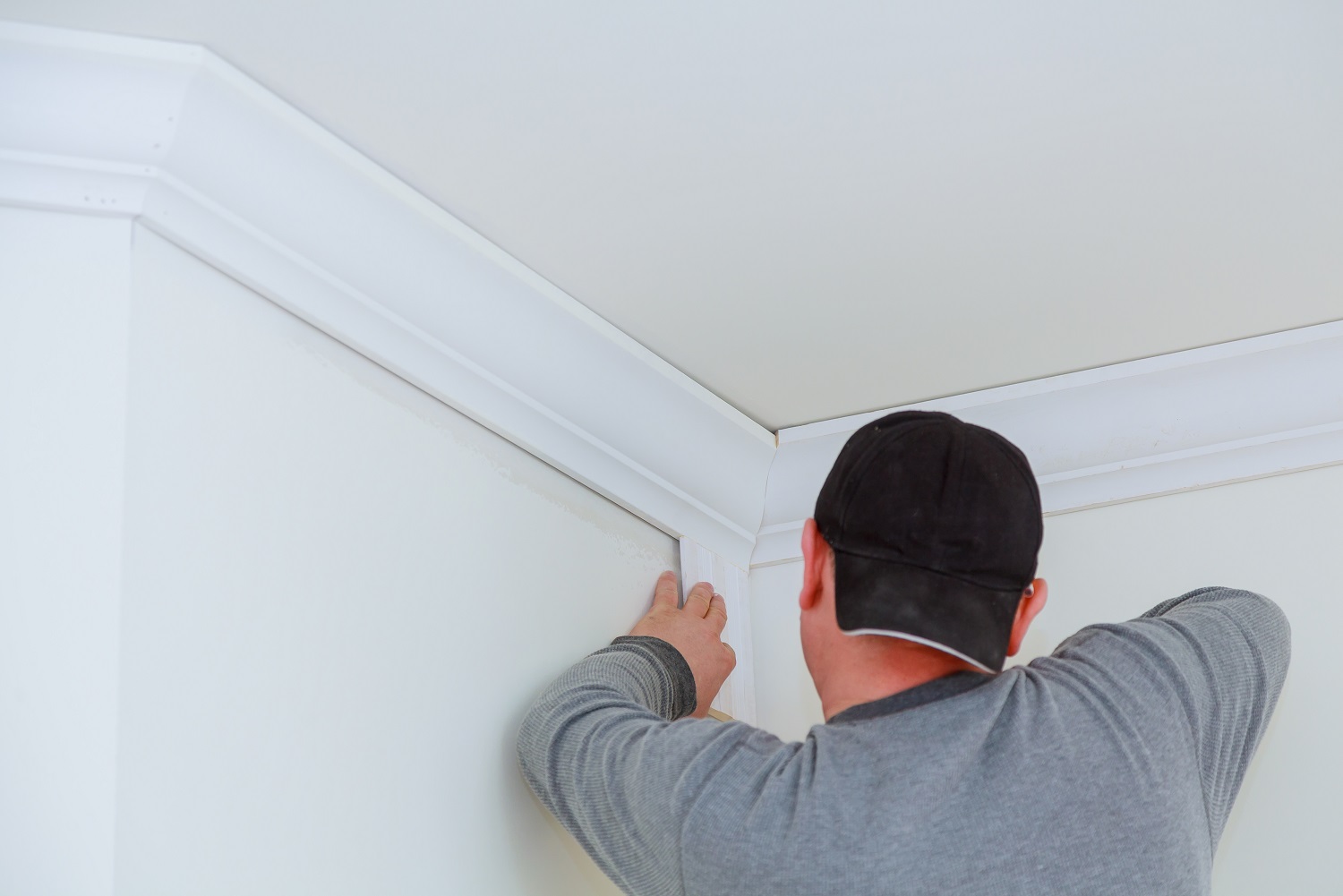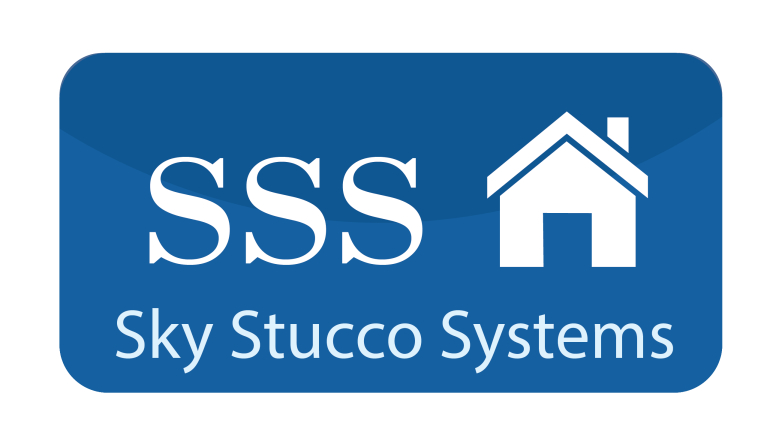If you purchased your home with a mortgage, the term of the loan can be anywhere from 25-30 years or more, and you may need to renovate or upgrade your home throughout this time. Whether it’s your bathroom, kitchen, or roof, you’ll need some money, which you can get by refinancing a mortgage or getting a HELOC and home equity loan.
Any big home improvement, such as renovating or improving your kitchen, bathroom, or adding a home office, will cost a significant amount of money.
Before we get to how you can get that money, we need to talk about 5 essential tips on home improvement techniques. Let’s start!

Bring in Natural Light
Set aside money during home renovations to make your house brighter and let more light in. New lighting, like new paint, may make a subtle improvement in the look of a room.
If you want to install new windows for more light, then always consider energy-efficient ones. Purchasing Energy Star-certified windows is vital if you want to reduce your heating and cooling expenditures. You can understand that your current windows aren’t energy-efficient if you get cold in the winter and hot in the summer. Instead of paying too much money, reduce your utility costs by installing energy-efficient windows that can also bring more light into your home.
Fresh Coat of Paint
It doesn’t matter if you paint your walls when you move in, they are bound to fade or wear out even after a year and require repainting. Warm neutral hues, such as greys, whites, browns, tans, and beiges, are often preferred since, in the future, if you decide to sell your home, purchasers will be more inclined to buy a property with pleasing colors. However, it is determined by your personal preferences and the emotions you wish to communicate.
Consider cooler colors like blue, purple, and green if you’re looking for a peaceful and calming palette. Warm hues like orange, red, and yellow can convey a cheerful, and energetic mood. In general, colder tones are ideal for bedrooms and warmer ones for kitchens and living rooms. You can make your living room seem larger by painting it in lighter and pastel colors. The paint type and finish are equally important in determining the character of your room. So, research or consult with an expert when choosing a new paint.
Include Flooring

It’s time to refinish your home’s hardwood floors if they’re in poor shape. If you don’t have a lot of money to spend on eco-friendly flooring, try painting the existing ones or adding vinyl flooring for a quick fix. Because sanding and varnishing timber flooring is pricey, try sprucing up your floors with new paint. It’s a home renovation and décor project that can completely transform any room in a short amount of time. Hardwoods are the most prevalent form of flooring, and they can raise the value of your property.
Improve Kitchen and Bathroom
Two of the most important places in our homes are the bathroom and kitchen. The remodeling of these two is essential for the overall appeal of your home. Le’s dive into some helpful tips:
Bathroom:
- Paint the walls and choose a paint that can resist mildew and mold.
- Update bathtub.
- Replace the bathroom caulk.
- Replacing taps and repairing tiles.
- Update the finishes.
Kitchen:
- Repaint or replace cabinets and countertops.
- Install a backsplash.
- Create broad walkways.
- Plan landing space.
Improve Exteriors
And most importantly, you need to renovate and improve the outside of your home to increase the curb appeal. Let’s see the most common steps:
- Install new windows.
- Change the front door to fit the overall interior of your home.
- Renovate or replace the roof.
- Then weed the garden.
No matter why you want to improve your house, whether to sell it or build and buy another home, you will need a mortgage to do what you want. Now, we’ll talk about the three most common loans you can consider for renovating or building a home in Canada.
Whenever you wonder which mortgage is right for your financial needs and preferences, what advantages they have over other loan offers, and how to choose the right one, you need to dig into each type of mortgage. We are going to talk about home equity loans, HELOCs, and reverse mortgages individually, so that you can fully grasp their differences and understand how one will be better for you, depending on your needs. They all assist homeowners in tapping into the equity in their homes, but in different ways. Let’s dive in!
Home Equity Loans
A home equity loan and a home equity line of credit, commonly known as a HELOC, are two traditional ways to finance home improvements.

You offer your home as collateral for a home equity loan. It functions similarly to any other secured loan and is also known as a second mortgage. This is because it is ranked second after the mortgage you already have on your home. A home equity loan is a fixed-rate loan that lets you borrow against your house’s equity. You are given a lump sum of money, which you must repay over time. To take up a new, fixed-rate loan, you’ll almost always have to pay another round of closing charges.
With a first and second mortgage combined, you can borrow up to 80% of the appraised value of your house. However, mortgage lenders may offer you a lower amount based on your level of risk. To qualify for this loan, you must also have a family income.
Benefits and Drawbacks of a Home Equity Loan
Consult with a skilled and dedicated mortgage broker in Canada to choose the right loan for your needs. Now it’s time to understand what kinds of advantages and disadvantages home equity loans have so that you’ll understand whether they fit your needs.
Pros
- You have flexibility since a home equity loan can be used for practically anything, from home renovations to paying for college, etc.
- Depending on how much equity you have in your house, you could be able to get a larger amount of money.
- You have a fixed repayment plan, which can make it easier to budget for your payments and handle your debt load.
Cons
- You won’t be able to acquire a home equity loan if you have too much debt or bad credit.
- If you fail to pay your loan, your lender may be able to seize and sell your home as it’s used as collateral.
- It can have higher interest rates compared to a HELOC.
When to choose: A home equity loan may be the best option if you know exactly how much you need to borrow and how you plan to spend the money upfront.
Home Equity Line of Credit (HELOC)
If your renovation is in progress or requires multiple payments over time, choose HELOC.
A home equity line of credit (HELOC) allows you to borrow against the equity in your house at a lower interest rate than a standard credit line. You’ll have access to a pre-approved amount of cash if you get a mortgage with a HELOC option. You’ll have to pay interest on the money you borrow from a HELOC in addition to your regular mortgage payments if you use it. They typically feature a lower monthly payment based only on interest and allow you to borrow up to 65% of your home’s value. it’s also crucial to keep in mind that your mortgage loan balance plus your HELOC cannot exceed 80% of the value of your home.
Benefits and Drawbacks of HELOC
Now it’s time to understand what kind of advantages and disadvantages HELOC has so that you’ll understand whether it fits your needs.
Pros
- Closing costs are either minimal or non-existent. Some lenders may not require them at all, especially if you have good credit.
- A HELOC may provide you with lower interest rates.
- A HELOC allows you to borrow when and how much you need. You’ll only have to pay interest on the money you’ve borrowed. As a result, they can be used to cover long-term expenses.
Cons
- After a certain amount of time has passed, you won’t be able to withdraw any more money.
- You may be limited in how you use the funds.
- You run the danger of harming your credit if you don’t pay on time.
- HELOCs have the drawback of being more difficult to qualify for, particularly for seniors on fixed incomes.
When to choose: HELOC can be a smart choice if you’re unsure how much money you’ll need to borrow. This is because you will only be charged interest on the amount you have borrowed.
Reverse Mortgage

If you are a senior, you can also choose a reverse mortgage whenever you want to make repairs to your home, whether for enjoyment or need.
A reverse mortgage is a type of mortgage given to people at or over the age of 55. Reverse mortgages allow homeowners to access their home equity by turning it into cash without making monthly mortgage payments. You can get a loan for up to 55% of your home’s current value. The maximum amount you can borrow depends on your age, your lender, and the market value of your home. You’ll keep your home and use the money to pay off any remaining debt on your current mortgage. The remaining cash can be put toward a variety of things, such as home upgrades, living expenses, a healthcare fund, etc.
If a homeowner chooses this sort of mortgage, they can convert a part of their home equity into cash without having to sell their home or pay extra monthly charges. However, a borrower repays the loan, whenever they move out, sell their home, or pass away. When you get a reverse mortgage, the bank gives you a lump sum that you must pay back with interest over time. Over time, the amount you owe will rise. If you’re 55 or up and need to replace your current mortgage with one that doesn’t demand monthly repayments, or if you need to assist a family member in purchasing their own house, a reverse mortgage may be an option for you.
Benefits and Drawbacks of Reverse Mortgage
Now it’s time to understand what kinds of advantages and disadvantages reverse mortgages have so that you’ll understand whether it fits your needs.
Pros
- No monthly loan payments are necessary.
- You may be able to convert some of your home’s value into cash without having to sell it.
- The proceeds you get from a reverse mortgage are not taxable.
- You may have some flexibility in terms of when and how you get the money.
Cons
- The heirs will likely be unable to keep the home and/or will receive a smaller inheritance.
- It has higher interest rates.
- As interest on your loan accumulates, the equity in your home may decrease.
- The cost of a reverse mortgage may be higher than that of conventional mortgages or other credit products.
- Your estate may have less money to leave to your children or other heirs.
When to choose: A reverse mortgage may be considered by an elderly homeowner who has paid off their mortgage or has a significant amount of equity in their house. The benefit of a reverse mortgage is that it allows homeowners to access their home equity in a variety of ways, including regular monthly payments, lump sums, or a line of credit, all without having to make monthly payments.
These are some of the loan types to consider during home improvement and renovation projects. Check them once more before choosing the one that meets your needs.
